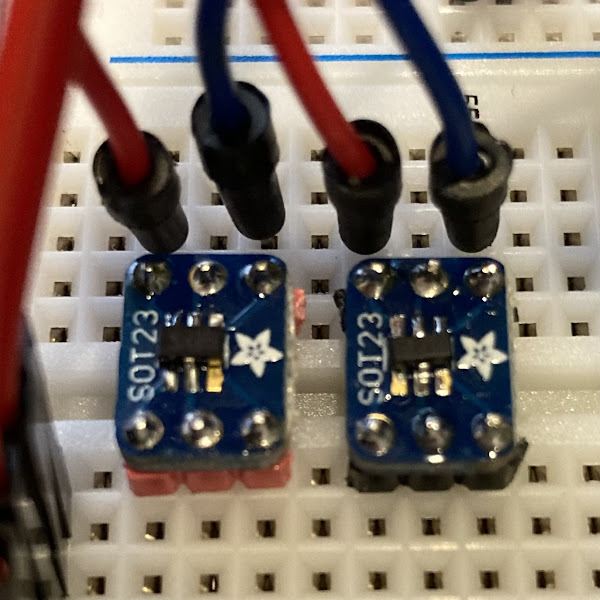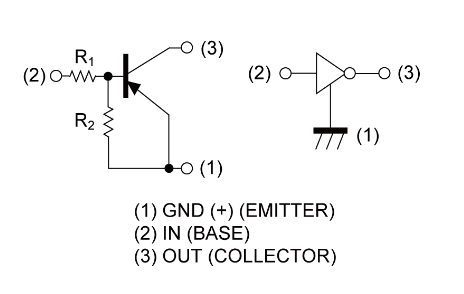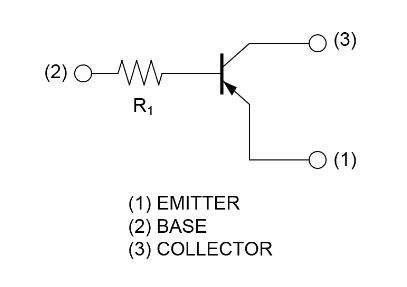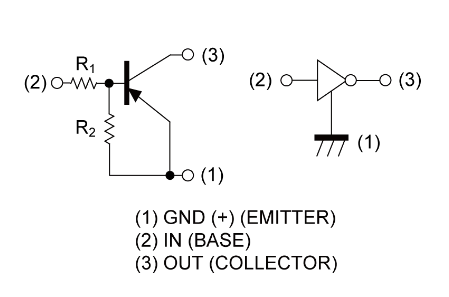I am using the TLC5928 constant current sink driver to light up my LED bar graphs.
The neat thing about this part, is that you can set a current (for all 16 outputs) using a reference resistor. The higher the resistor, the less current the chip will output. So far so good.
If you have a LED bar graph that has both GRN and RED LEDs in it, you have a problem, though. The RED is a lot brighter, and does not need nearly as much current as the GRN one. I see typically a factor 4x more current for green. However, the reference resistor sets the current for ALL channels, whether they have a red or a green LED on it.
So, how to proceed? Well, I decided to do add pulse-width-modulation for the red LEDs. I will still drive all channels with the same constant current, but the red LEDs will have their anode voltage (3.3V) interrupted at a few hundred hertz, with a specify duty-cycle. Whereas the green leds will keep seeing their uninterrupted voltage.
A GPIO pin can never deliver the current required to switch a whole bunch of red LEDs. So we introduce a little switch, called a Bipolar Junction Transistor of the PNP form.
When adding a discrete transistor to do perform this PWM job, I also need to add resistors, which makes the design more cluttered. Fortunately, you can buy pre-biased transistors that already house those resistors along with the transistor. I have evaluated 3 such pre-biased transistors for this job.
DTB114EK (R1 and R2 are 10kΩ)
DTB123TK (R1 is 2.2kΩ)
DTB113ZC (R1 is 1kΩ and R2 is 10kΩ)
Note that in my case, I have 3.3V at the emitter (pin1) and not GND.
I've found that a high R1 resistor at the base of the transistor causes the EMITTER->COLLECTOR current to be too limited when the transistor is switched on. Even when I have a continuous '0' at the base, to switch it on, the current does not get high enough to drive many LEDs. Hence, between these three, the DTB113ZC with a 1kΩ resistor at the base does the best job for my application. I find that if I have a bunch of LEDs drawing 109mA in total, and switch that current with the transistor, 90mA makes it through with the DTB113ZC, 79mA makes it through with the DTB123TK and 47mA makes it though with the DTB114EK.



